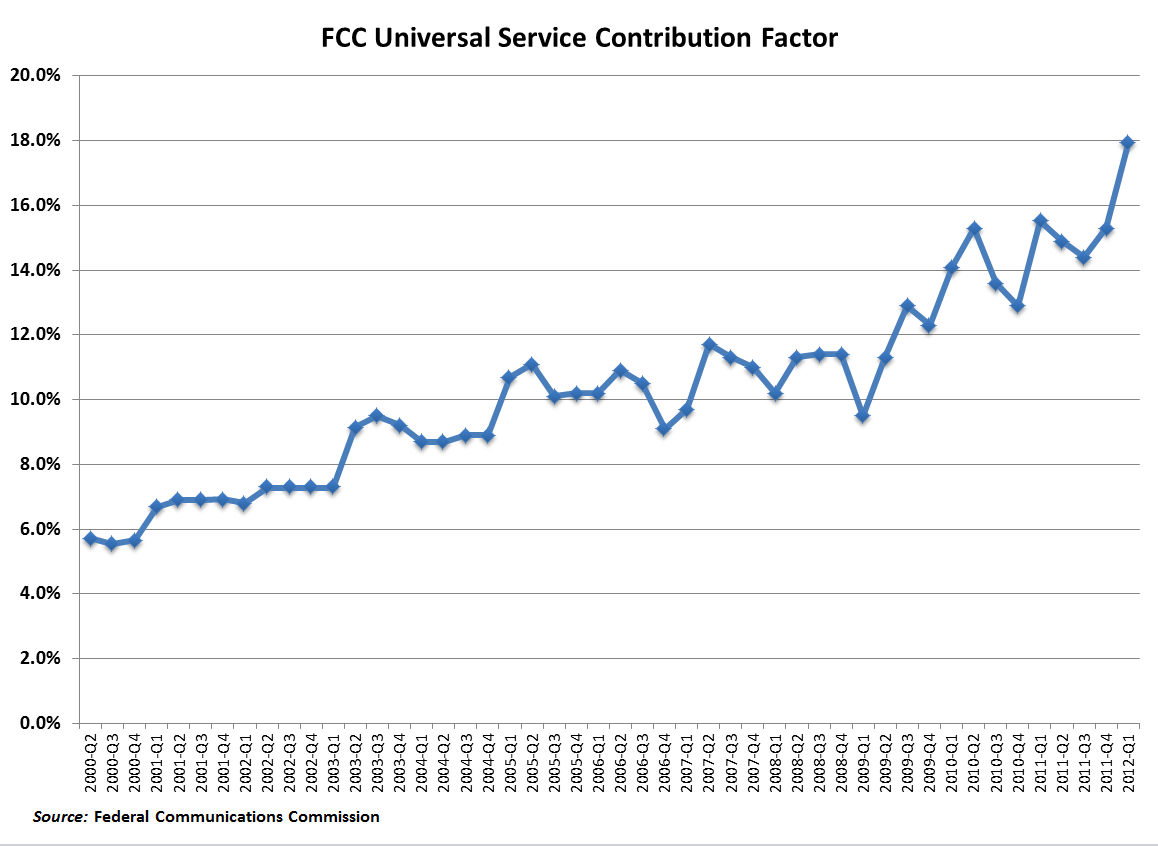Cecilia Kang of the Washington Post reports that
the telecom industry is forcing policymakers to re-examine what has long been a basic guarantee of government – that every American home should have access to a phone, along with other utilities such as water or electricity.
Industry executives and state lawmakers who support this effort want to expand the definition of the phone utility beyond the century-old icon of the American home to include Web-based devices or mobile phones.
The quid pro quo for a monopoly franchise was an obligation to provide timely service upon reasonable request to anyone, subject to regulated rates, terms and conditions. The Telecommunications Act of 1996 eliminated the monopoly franchise, but the obligation to serve remains in the statute books of most states. Telecom providers, aka carriers-of-last-resort (COLR), are stuck with the quid without the quo.
This has become a problem as more and more consumers are “cutting the cord” in favor of wireless or VoIP services. AT&T, for example, has lost nearly half of its consumer switched access lines since the end of 2006. However, most of the loops, switches, cables and other infrastructure which comprise the telephone network must be maintained if telecom providers have to furnish telephone service to anyone who wants it within days. Continue reading →

 After three years of politicking, it now looks like Congress may actually give the FCC authority to conduct incentive auctions for mobile spectrum, and soon. That, at least, is what the FCC seems to think.
After three years of politicking, it now looks like Congress may actually give the FCC authority to conduct incentive auctions for mobile spectrum, and soon. That, at least, is what the FCC seems to think.
 The Technology Liberation Front is the tech policy blog dedicated to keeping politicians' hands off the 'net and everything else related to technology.
The Technology Liberation Front is the tech policy blog dedicated to keeping politicians' hands off the 'net and everything else related to technology.